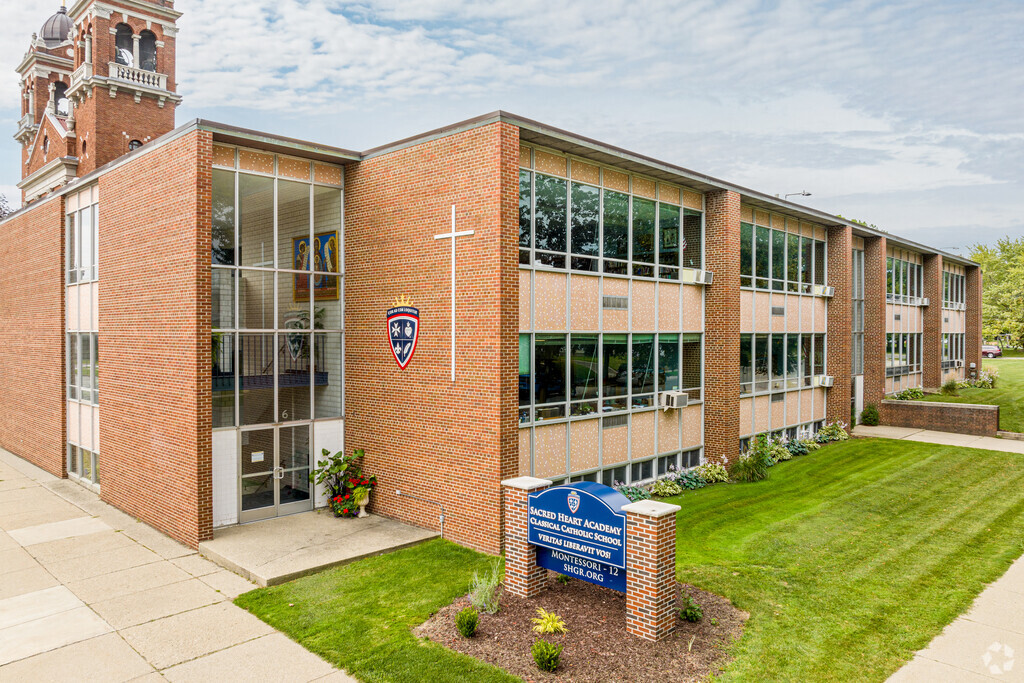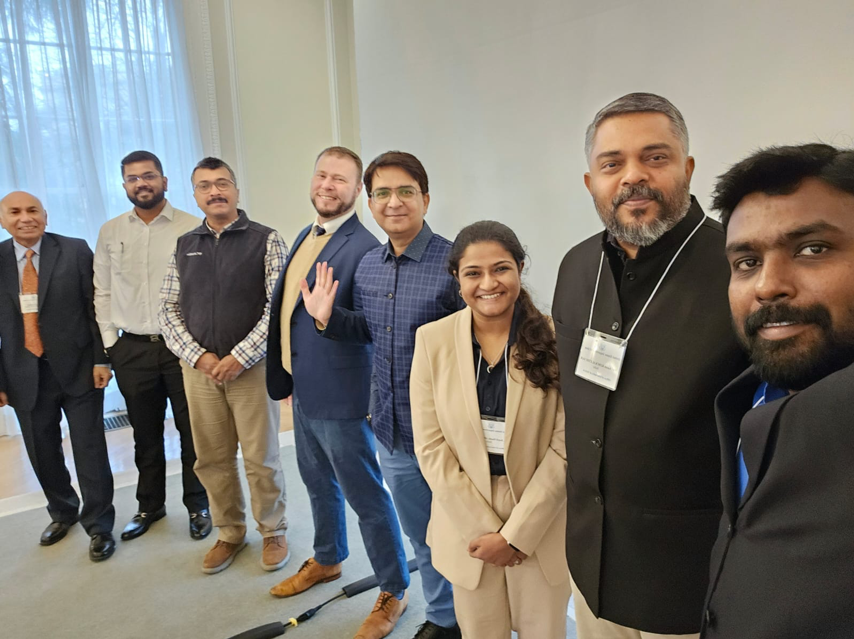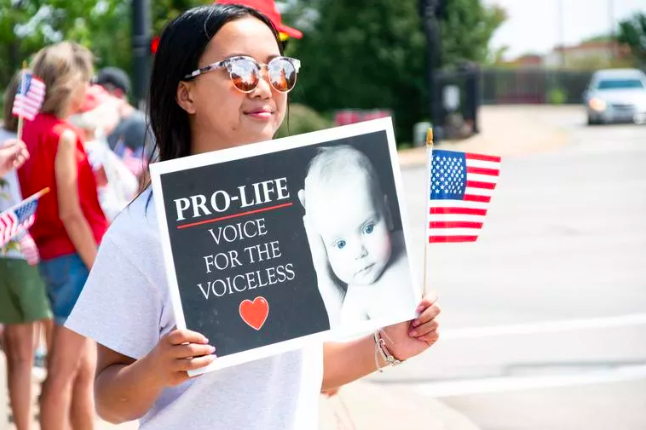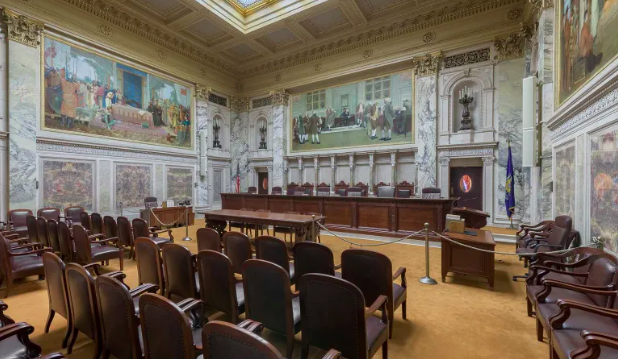What has the First Amendment to say about a 40-foot cross that was erected in 1925 on public land in honor of fallen World War I soldiers? The United States Supreme Court will decide just such a case later this year. With the convergence of heightened polarization and a decline in the virtue of civility in American public life, this case is at once necessary for the clarification it could provide while at the same time tragic in that necessity.
RFI’s Islam and Religious Freedom Action Team, directed by Ismail Royer, recently filed an amicus brief in this case. The brief highlights why not only Muslims but also members of other minority religious groups should support the scrutinized Peace Cross, which is located in Bladensburg, Maryland. In an article last fall, Royer discussed why he, as a Muslim, has taken this stance in a case involving a decidedly Christian symbol: “[D]isplays with religious meaning on public land are a reminder that the United States preserves something of the substance of an older civilization order grounded in faith in a transcendent God.” In the same article, he later writes, “The founders saw religion as a description of reality, the basis of our obligations to one another, and a source of public good, and so they afforded it a special status and protection in the Constitution.”
In October 2018, the United States Court of Appeals for the Fourth Circuit issued a decision that the Bladensburg Cross, as currently displayed and funded, violates the Establishment Clause in that it “has the primary effect of endorsing religion and excessively entangles the government in religion.” This case was appealed yet again, and in November 2018, the Supreme Court agreed to hear it and scheduled oral arguments for February 27.
The amicus brief calls for the reversal of the Fourth Circuit’s decision, arguing that “the textually- and historically compelled solution to Establishment Clause concerns is not the excising of religious expression from State speech and grounds, but the encouragement of more diverse religious expression.” Drawing from the insights of Michael W. McConnell, one of America’s leading figures in First Amendment jurisprudence, the brief goes on to state, “[T]he ‘best solution’ for ‘members of minority religions’ to achieve equality is ‘to request fair treatment of alternative traditions, rather than censorship of more mainstream symbols.’” The Constitution has, from the start, called for equal treatment for all religious faiths.
A pluralist society of diverse religious beliefs, the brief argues, has three main alternatives on which to arrange its public life. The first course of action would allow one religious group to become the state religion, curtailing or even eliminating the rights of adherents of other religions. The second course of action would be steadily to purge the public sphere of religious belief and expression. The Fourth Circuit’s decision in this case operates on the premises of this second path. The final course of action would be for the government to treat religion with “benevolent neutrality,” thus respecting and honoring the rights and religious beliefs of all those found within its jurisdiction. This course of action most closely conforms to the text, history, and original understanding of the First Amendment.
Many try to use the Establishment Clause to censor religion instead of remaining true to its original intent of accommodating diverse religious expression. The Establishment Clause, as noted in the brief, “was included in the Constitution not to suppress governmental commendation or recognition of religion generally, but rather to enhance religious exercise by prohibiting the establishment of a specific favored religion to the exclusion of others…” This case is an opportunity for the Supreme Court to “bring needed clarity and historical consistency to Establishment Clause jurisprudence,” and the justices ought not shy away from it.
THE RFI BLOG

Be More Faithful, Become More Resilient: An Invitation to Religious Institutions

How Soccer Reveals Different Meanings Of ‘Secular’ In France And The US

RFI’s Ismail Royer Meets with Delegation from India

Protecting the Unborn, Mothers, and Medical Ethics: The Stakes of Arkansas’ Amendment

Wisconsin Supreme Court Punishes Catholic Charities for Serving Everyone
CORNERSTONE FORUM

Public Bioethics & the Failure of Expressive Individualism

Religious Liberty in American Higher Education

Scotland’s Kate Forbes and the March of Secularism

70 Years of Religious Freedom in Sweden: Prospects and Challenges

